119 videos match your search.
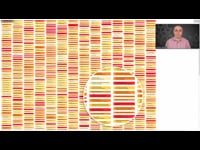 |
Stephen Wolfram Stephen Wolfram gives his opening Keynote Address for the Wolfram Technology Conference. |
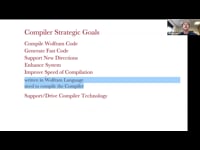 |
Tom Wickham-Jones This talk features Tom Wickham-Jones describing the Wolfram Compiler: its benefits and goals of the long-term project. The Wolfram Compiler converts Wolfram Language into native machine code, thereby combining a ... |
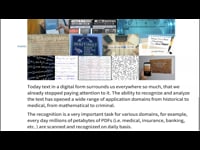 |
Mikayel Egibyan In this presentation, Mikayel Egibyan talks about the history and techniques used for handwriting recognition and analysis and demonstrates some solutions using neural networks trained on handwritten datasets. He also ... |
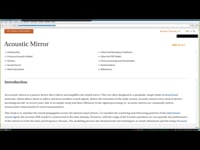 |
Oliver Rübenkönig In this talk, Oliver Ruebenkoenig describes how to build multi physics models in the Wolfram Language to simulate multiple interacting physical phenomena and provides you with the capabilities to build ... |
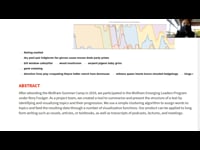 |
Laney Moy, Rachna Gupta, Alex Alexandrovskiy This team of Wolfram Emerging Leaders from the 2019 Wolfram Summer Camp presents the results of their project: a tool that summarizes and presents a complex piece of natural language in ... |
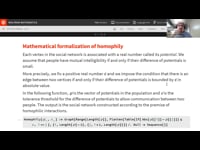 |
Jose Manuel Rodriguez Caballero Jose Manuel Rodriguez Caballero presents a toy model, named the homophilic-mimetic model, of language secessionism in a framework similar to the Wolfram model of fundamental physics. The mathematical ground of the model is a generalization of the diffusion equation in networks, where ... |
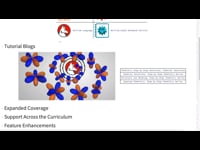 |
Jason Sonnenberg In this presentation, Jason Sonnenberg shows an example of combining various Wolfram tools and resources in order to advance pedagogy in the context of a popular online introductory chemistry textbook. ... |
 |
Mark Sofroniou Mark Sofroniou gives an introductory overview of the design and current state of the Wolfram Compiler. He outlines the benefits of using an intermediary representation that maps to LLVM and ... |
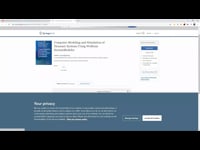 |
Jan Brugard In this talk, Jan Brugard reviews key features from the latest releases of Wolfram System Modeler (12.1 and 12.2), as well as model libraries, including several virtual labs, that we have released ... |
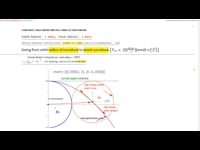 |
Alexander Garron In this talk, Alexander Garron discusses the quantum-level parametric geometry he uses to construct and bond like atoms together. The parametric construction of the two-atom bond is used to explain the role electromagnetism plays in strengthening ... |
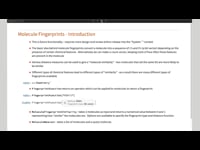 |
Jason Biggs In this talk, Jason Biggs introduces the concept of molecule fingerprints and shows the different fingerprint types in Version 12.2 of the Wolfram Language, as well as showcasing many enhancements to ... |
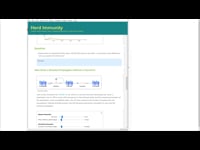 |
Ankit Naik This presentation from Ankit Naik focuses on how System Modeler is used to make teaching come alive. There is an overview of Wolfram Virtual Labs included. |
 |
Leonardo Laguna Ruiz Have you ever thought about making your own musical instruments or making mathematical models of your instruments? Did you know you can build a virtual version of a modular synthesizer ... |
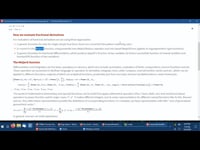 |
Oleg Marichev, Paco Jain This talk by Oleg Marichev and Paco Jain is devoted to the new operation FractionalD[f[z], {z,α}], now published in the Wolfram Function Repository. |
 |
Jonathan Gorard |
 |
Dan McDonald, Xiaofan Zhang, Peter Barendse This talk features updates to the automated geometric functionality of Wolfram Language including features new in Version 12.2. Presenters also discuss bringing this functionality to Wolfram|Alpha and creating a website ... |
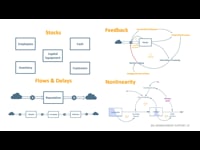 |
Guido Wolf Reichert This talk provides a quick tour of the new Business Simulation library (BSL) available in Wolfram System Modeler. BSL employs a-causal "physical" connectors to enable very compact and convenient model ... |
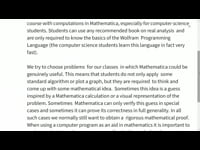 |
Galina Filipuk In this presentation, University of Warsaw professors share their experiences of several years teaching an analysis course using Mathematica. The presenters give examples of problems where Mathematica is used effectively ... |
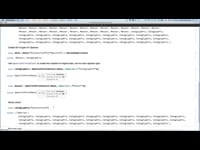 |
Gosia Konwerska In this talk, Gosia Konwerska explores existing and upcoming Wolfram Language functionality designed for analysis and modeling of spatial point data. |
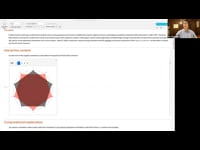 |
Eric Weisstein The History of Mathematics Project highlights physical artifacts important to the history of mathematics. The Project is accessible to children and experts alike, with virtual exhibits and their navigation entirely ... |